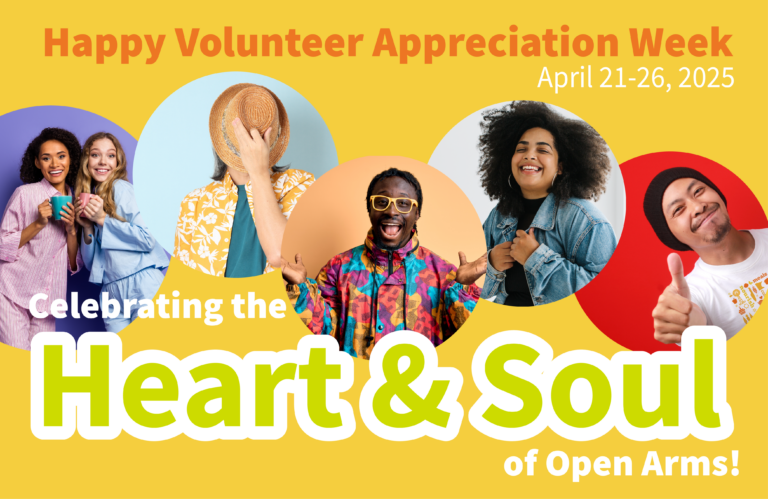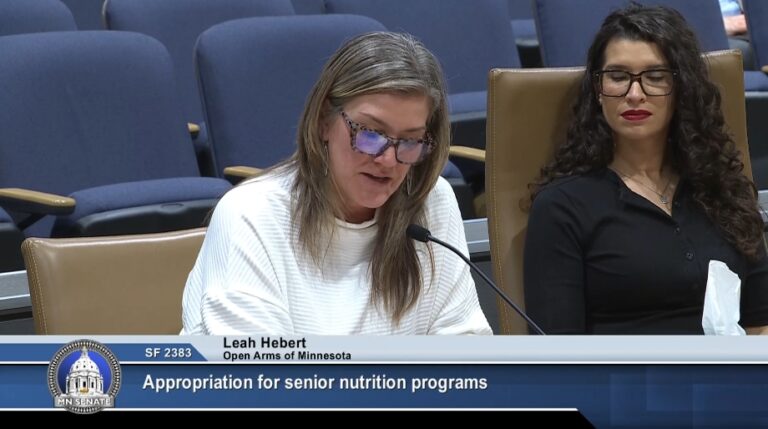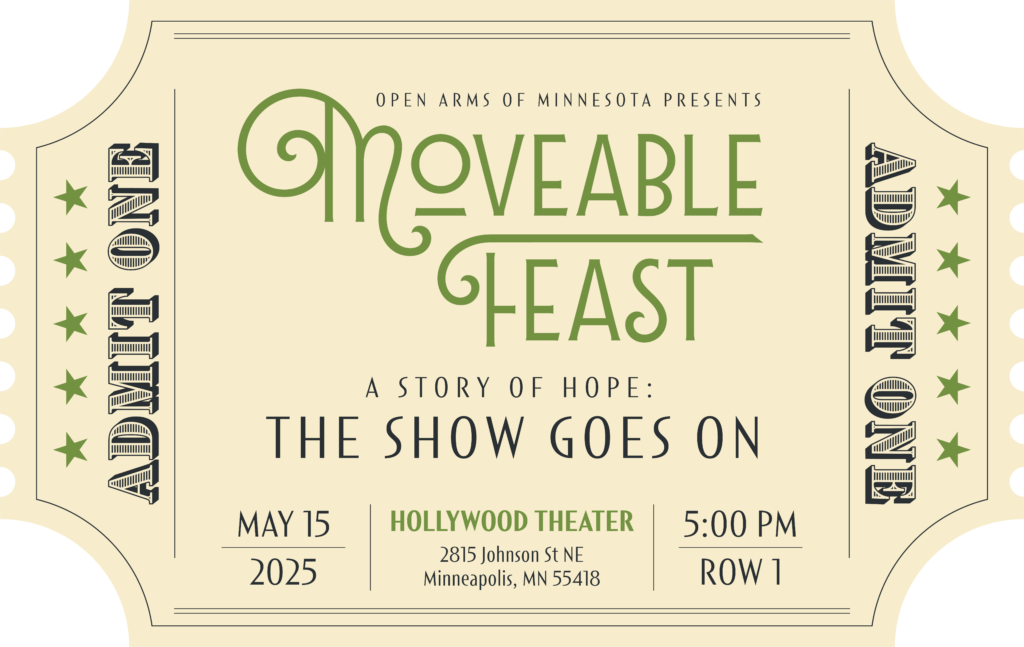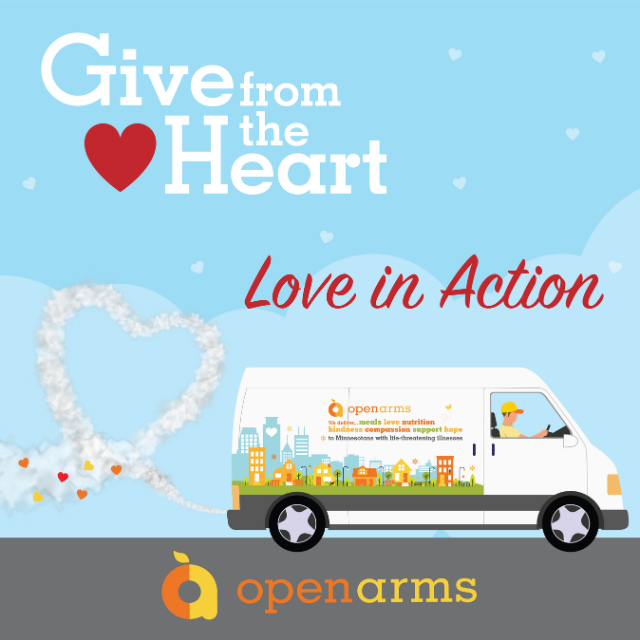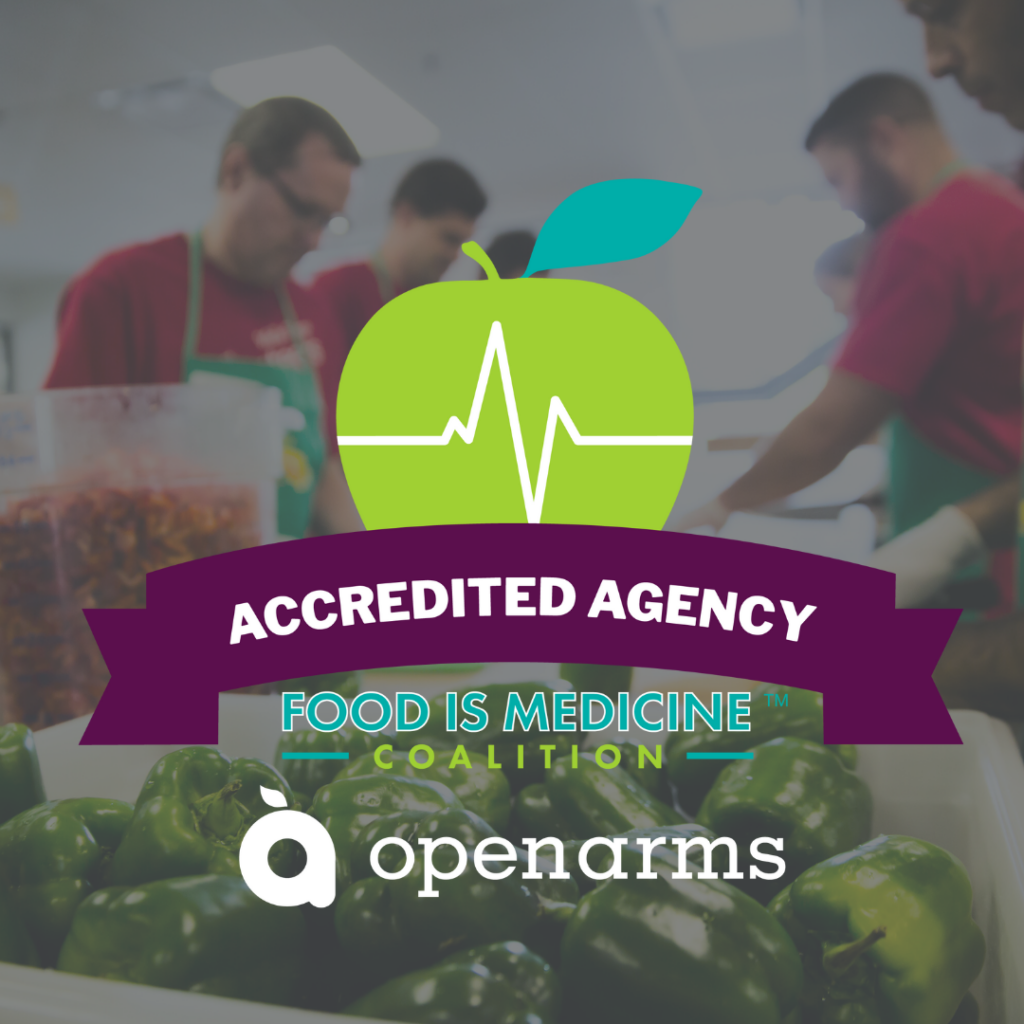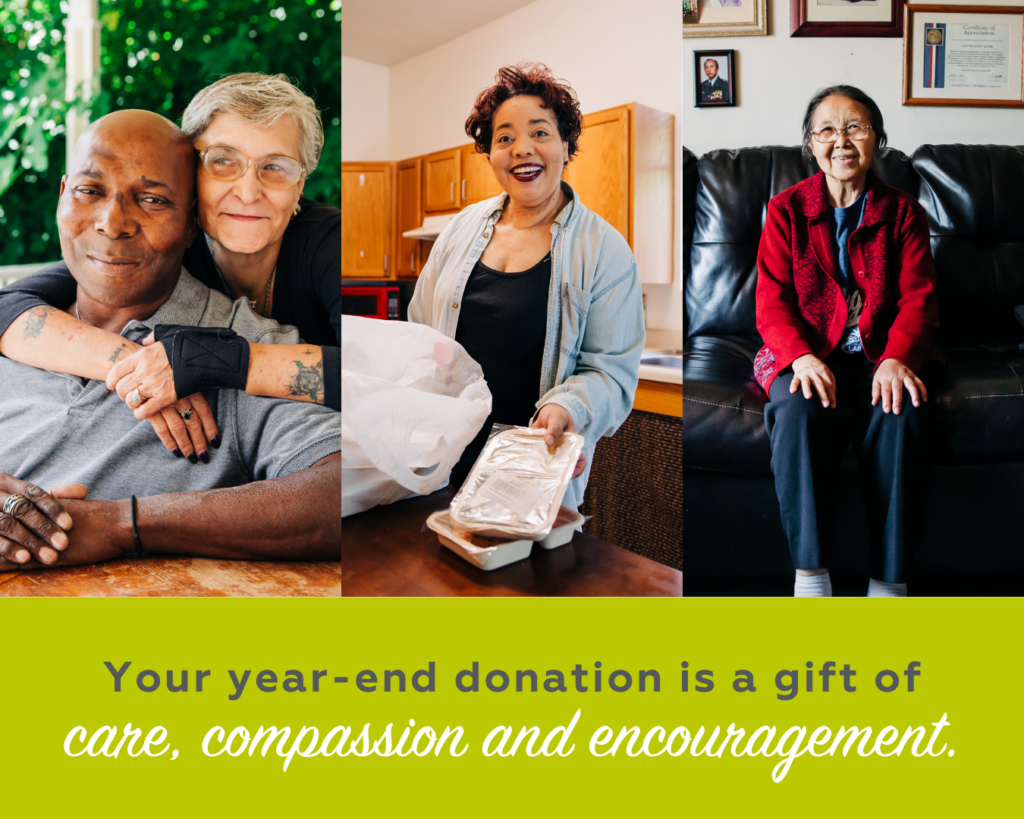I’ve completed two days of my SNAP Challenge, gained one pound (probably from last night’s pasta with ground turkey dinner) and experienced a low grade headache for most of yesterday, no doubt from the dramatically reduced coffee in-take. I’m spending much more time preparing meals than I normally do, though I can’t call browning ground turkey, boiling a box of pasta and heating a can of spaghetti sauce cooking. It’s been a great learning experience, but the most interesting part of this challenge hasn’t been what I’m learning about food. It’s what I’m learning about people.
Until deciding to live on $27.65 for one week, I had no idea how many of my friends and colleagues have, at some point in their lives, relied on food assistance. I’ve had conversations with friends who told me their families depended on food stamps while they were growing up. Others have said that an early marriage with children sent them to food shelves. After a layoff last year and no work since, a middle-aged colleague now finds herself using a SNAP card for the first time in her life to put food on the table for her child and herself.
People have sent emotional e-mails describing their embarrassment of going grocery shopping and having a cashier respond judgmentally when they presented their food stamps. Others have created elaborate explanations for why they can’t join friends for meals at restaurants or contribute to neighborhood potluck dinners because they simply didn’t have the money to participate in social activities that center around food.
This SNAP Challenge has generated other conversations as well. Many of us, it seems, have preconceived notions of the “kinds” of people who receive food stamps or visit food shelves. There are those that think it’s only the chronically unemployed, under-educated, poor people who must rely on the generosity of public and nonprofit programs. It certainly isn’t our family members, friends and neighbors. Man, are they mistaken.

